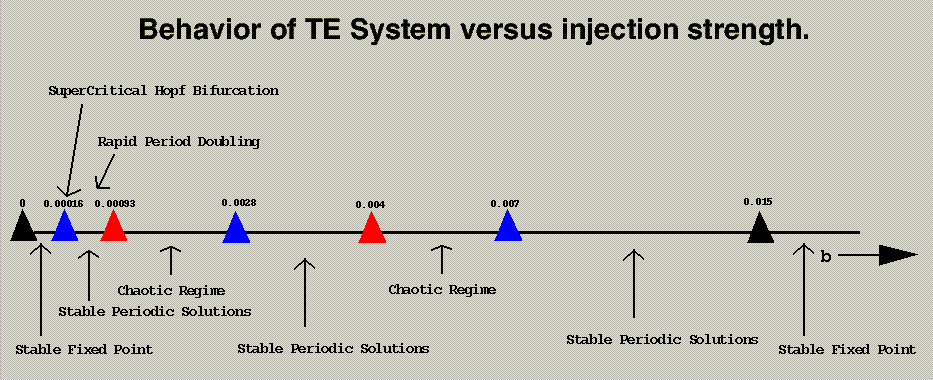
Department of Mathematics
University of Arizona
The faculty involved in this project were Nick Ercolani, Lucas Hsu, Robert Indik, Joceline Lega, and Jerry Moloney. Kenton White, a physics graduate student working with Dr. Moloney, also helped guide the students in the computer laboratory. As a result of his efforts in this project, Kenton White was recognized as the Graduate Student Mentor of the Year by the Graduate and Professional Student Council at the University of Arizona.
The participants were three senior Mathematics majors, one junior Physics major, one sophomore Physics major and one sophomore Mathematics major. The sophomores became interested in this project through contacts with Mathematics faculty who had piqued the students' interest in mathematics in lower division Mathematics courses. It was possible to financially support all of the student participants. The research activities took place in the Arizona Center for Mathematical Sciences (ACMS) where involved faculty have offices and where conference rooms and computational facilities for the project are available.

Each student was assigned to one of the faculty participants who serves as the student's mentor. This is the person whom the student consults regularly and who assesses his progress.
The students came to this project with a wide range of backgrounds but by the end of the Fall semester almost all were able to identify fixed points or symmetry induced periodic orbits and assess their stability as well as to carry out a bifurcation analysis of these points and orbits as a parameter is varied. The students were encouraged to proceed at their own speed and also to learn from one another. Students really became quite independent in proposing ideas and conjectures to faculty and seeking out new tools. This is particularly the case in the computational environment. In this regard it is especially beneficial that the working sessions and computer lab took place in the ACMS environment where students could see faculty and graduate students actively pursuing research problems related to the ones in which they are participating.